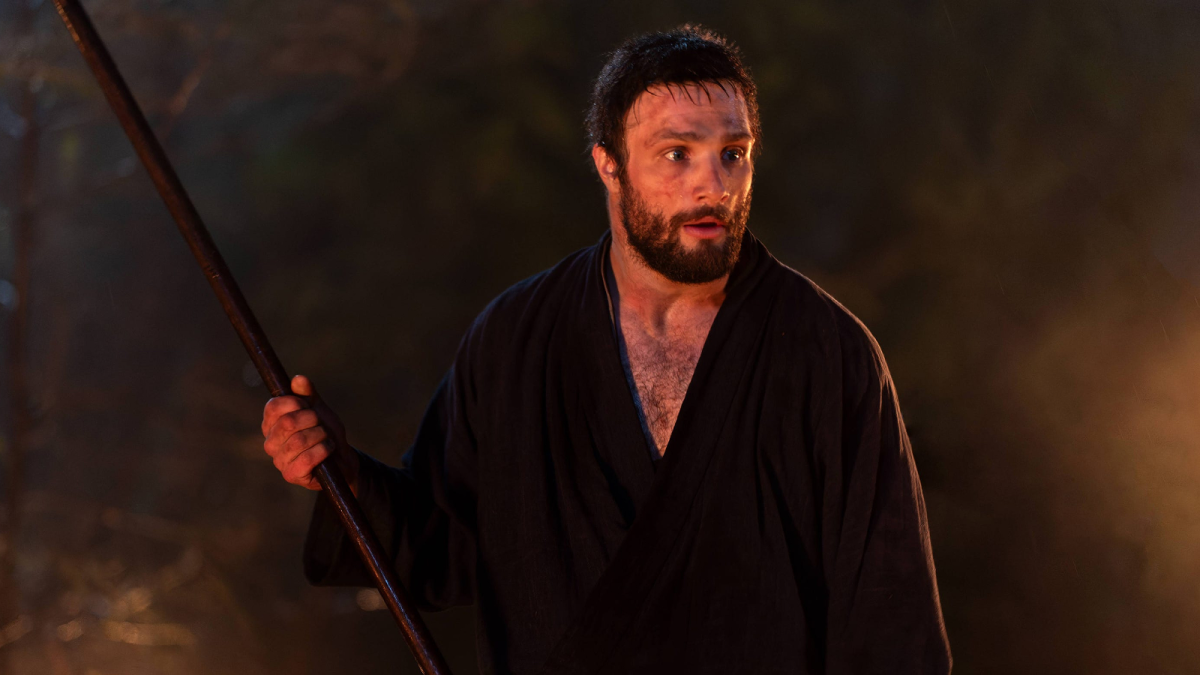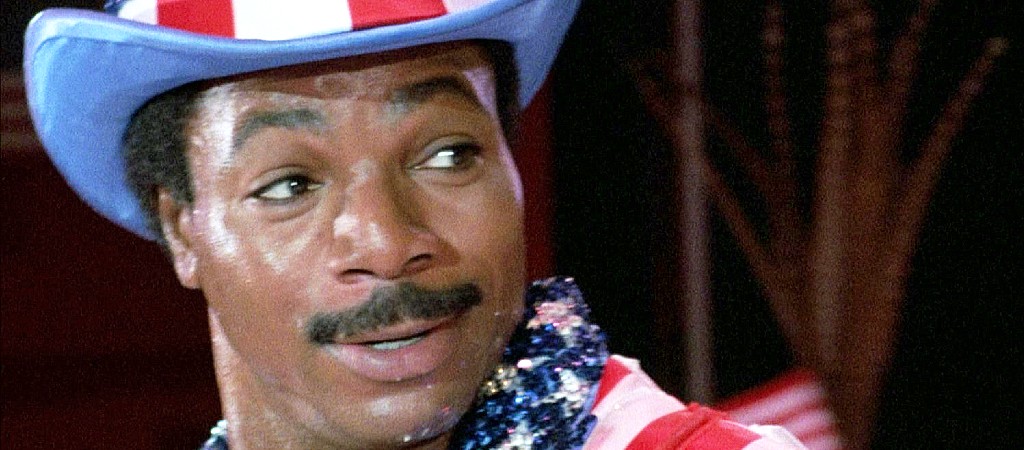
We watched the last episode of Shogun last night. The show ended, incidentally, in an enjoyable, Shogun-like way–which means there was more than a dash of mystery and confusion and misdirection to season a good storyline.
The episode required Cosmo Jarvis, who was quite good as Blackthorne in the series, to cry on cue at the loss of Mariko. It’s a tough assignment, perhaps the toughest assignment in acting. Jarvis gave it the old college try and did a credible job, but the cry didn’t quite reach the believability threshold. It made me think about how rarely you see a really authentic-looking cry on screen. When you see the genuine article, the entire face and upper body contribute to the cry, from the hunched, heaving shoulders to the quivering chin and mouth up to the sad, crying eyes. A true crying person is unmistakably crying. A single tear rolling down the cheek of an otherwise stolid face isn’t really a believable substitute.
Laughing also involves the complex interaction of lots of parts of the face, but usually laughter on cue is a lot more credible than crying. It is probably easier for actors than crying because they can summon up the memory of a good joke or a funny experience and use it get into the laughing mood. It’s harder to do that with crying, although some actors try. My mother told me once that when Shirley Temple was a child star and needed to cry on cue, one of the people on set would tell her her dog had died–which doesn’t seem like a solution you reasonably use more than once.
Anger, sadness, romantic interest, and surprise are emotions that any decent actor can reasonably convey, but fake crying is the gold standard. Find an actor who can do a believable cry on cue and you’ve identified a true “master thespian.”



 I had the same general perception of Michael Douglas, viewing him as most comfortable in playing Gordon Gekko or another unlikable, bullying jerk who you hope gets his just desserts at the end of the film. Then Kish and I watched the two seasons (so far) of the Netflix series The Kominsky Method, and my preconceptions about Michael Douglas were absolutely destroyed. The show is a classic example of a well-known actor playing against type, and doing so brilliantly.
I had the same general perception of Michael Douglas, viewing him as most comfortable in playing Gordon Gekko or another unlikable, bullying jerk who you hope gets his just desserts at the end of the film. Then Kish and I watched the two seasons (so far) of the Netflix series The Kominsky Method, and my preconceptions about Michael Douglas were absolutely destroyed. The show is a classic example of a well-known actor playing against type, and doing so brilliantly. Many people consider The Sopranos to be one of the best — and maybe the best — TV shows ever made, and James Gandolfini was its spiritual core. His Tony Soprano was one of the most fully realized TV characters ever to grace the small screen. Viewers understood his angst and sympathized with his crises, cringed at his extraordinary episodes of hyperviolence and serial philandering, celebrated his successful schemes, marveled at his generosity and quick turns of mood. The character was the product of great writing, but also of Gandolfini’s brilliant acting.
Many people consider The Sopranos to be one of the best — and maybe the best — TV shows ever made, and James Gandolfini was its spiritual core. His Tony Soprano was one of the most fully realized TV characters ever to grace the small screen. Viewers understood his angst and sympathized with his crises, cringed at his extraordinary episodes of hyperviolence and serial philandering, celebrated his successful schemes, marveled at his generosity and quick turns of mood. The character was the product of great writing, but also of Gandolfini’s brilliant acting. It must have been tough for Liam Neeson, so memorable in Schindler’s List and recent fare like Taken, to speak that dialogue. As he does so he is clad in some glowing, shimmering kind of armored breastplate and a cape, with long hair and a long beard. How do you decide how to say such a line as such a character? “Release the KRAKEN!” “RELEASE the Kraken!” “RELEASE THE KRAKEN!!!!” Waving hand and shrugging, “Release the Kraken.” Shatner-like: “Release . . . the Kraken.” (Shatner probably would have been a good Zeus, come to think of it.)
It must have been tough for Liam Neeson, so memorable in Schindler’s List and recent fare like Taken, to speak that dialogue. As he does so he is clad in some glowing, shimmering kind of armored breastplate and a cape, with long hair and a long beard. How do you decide how to say such a line as such a character? “Release the KRAKEN!” “RELEASE the Kraken!” “RELEASE THE KRAKEN!!!!” Waving hand and shrugging, “Release the Kraken.” Shatner-like: “Release . . . the Kraken.” (Shatner probably would have been a good Zeus, come to think of it.)